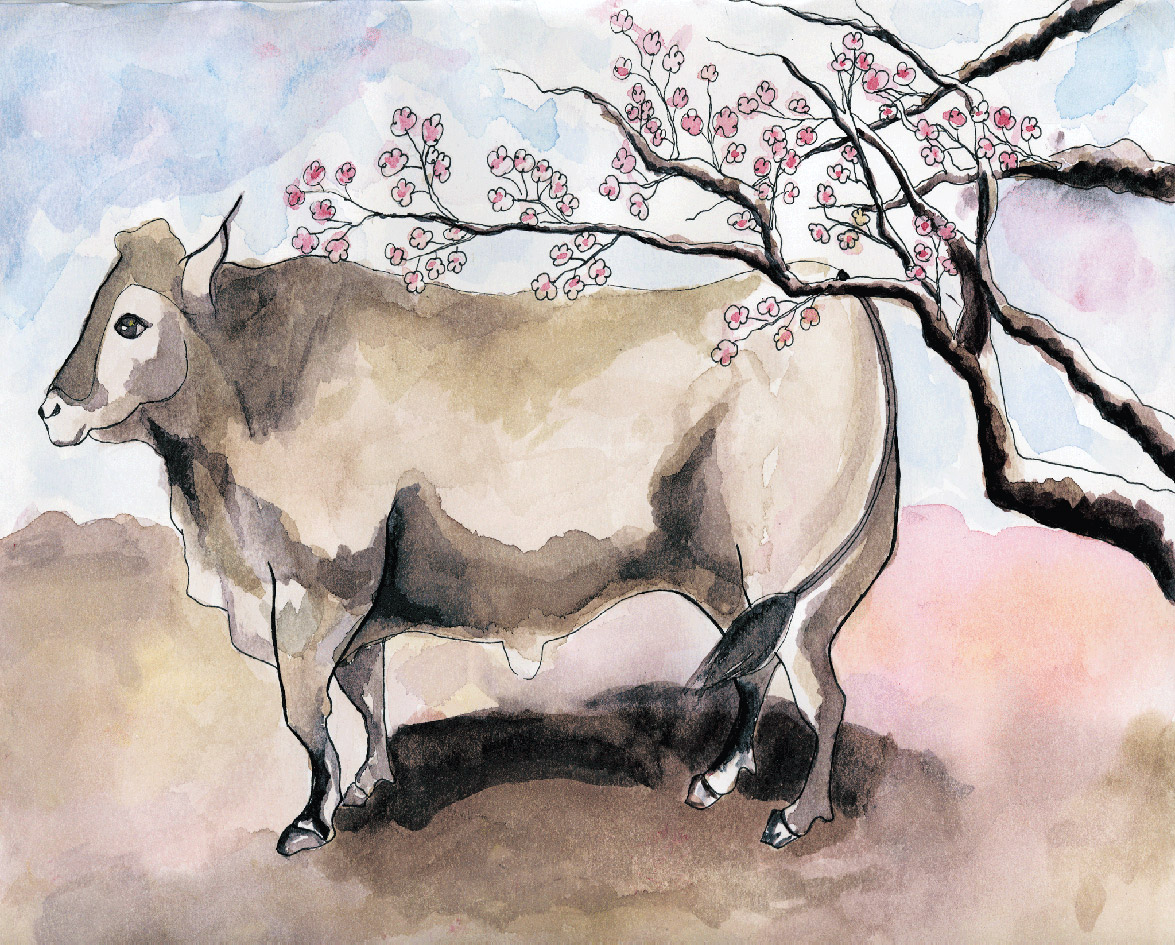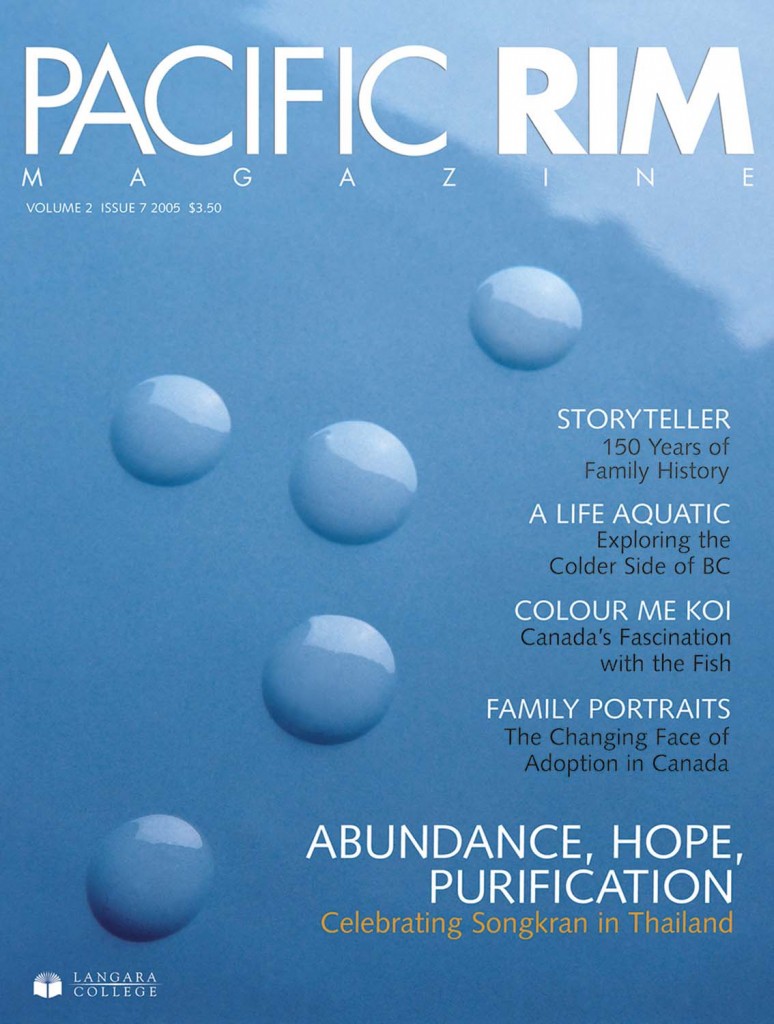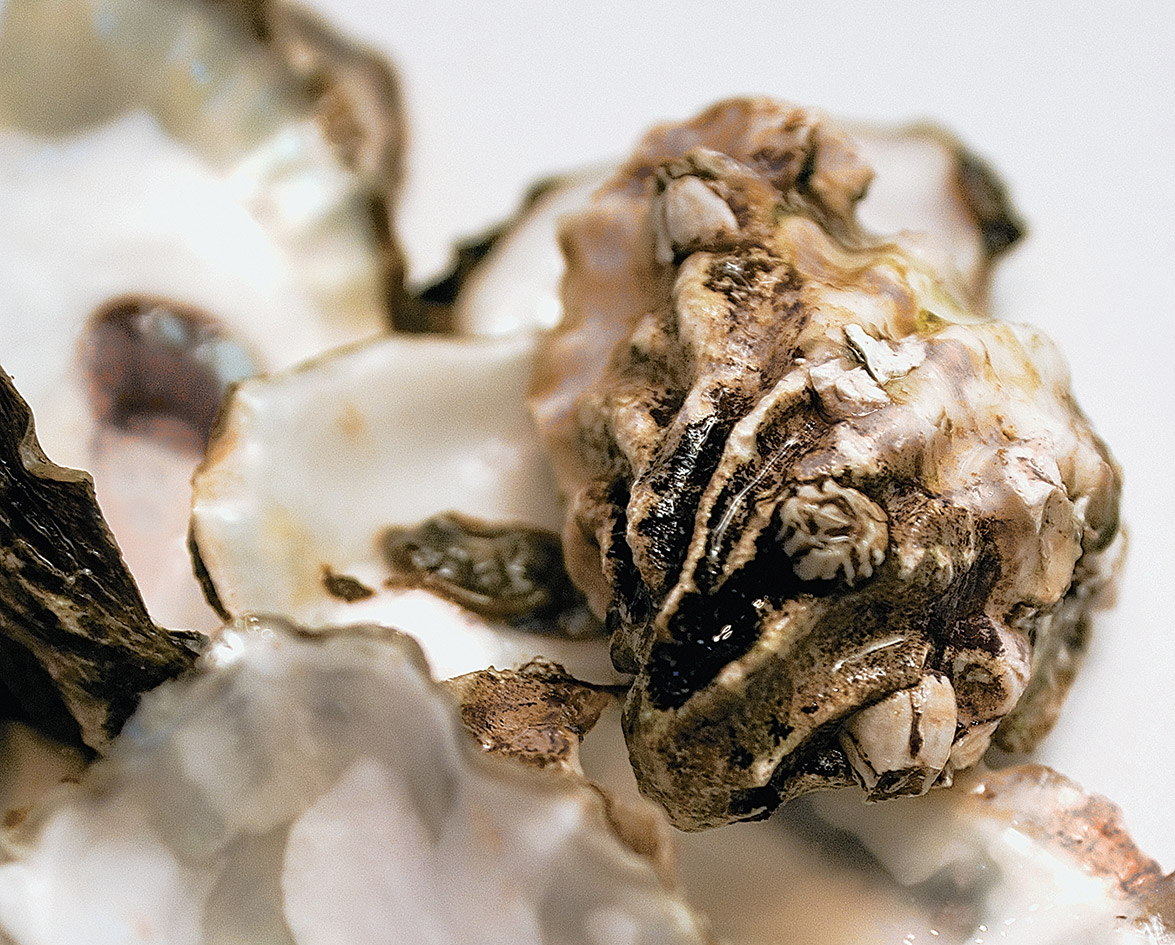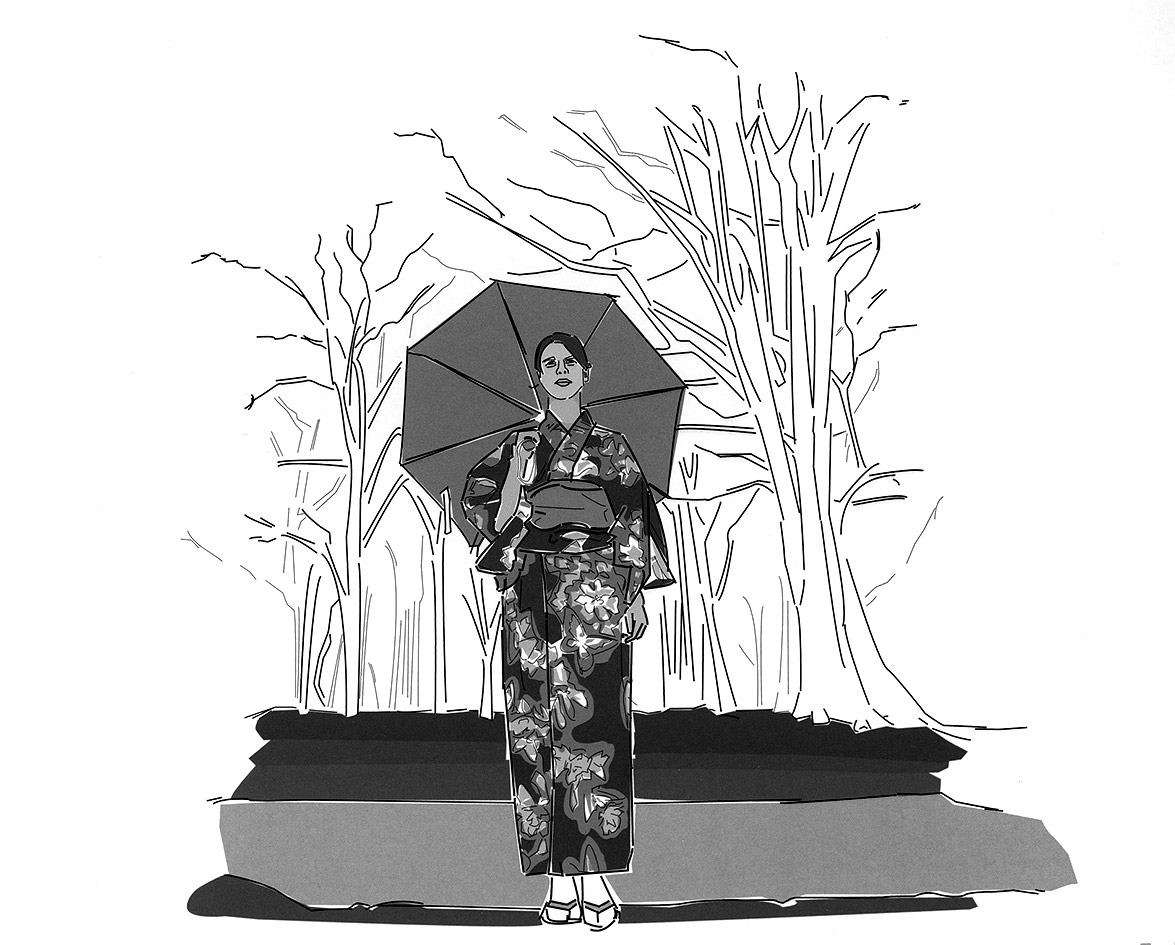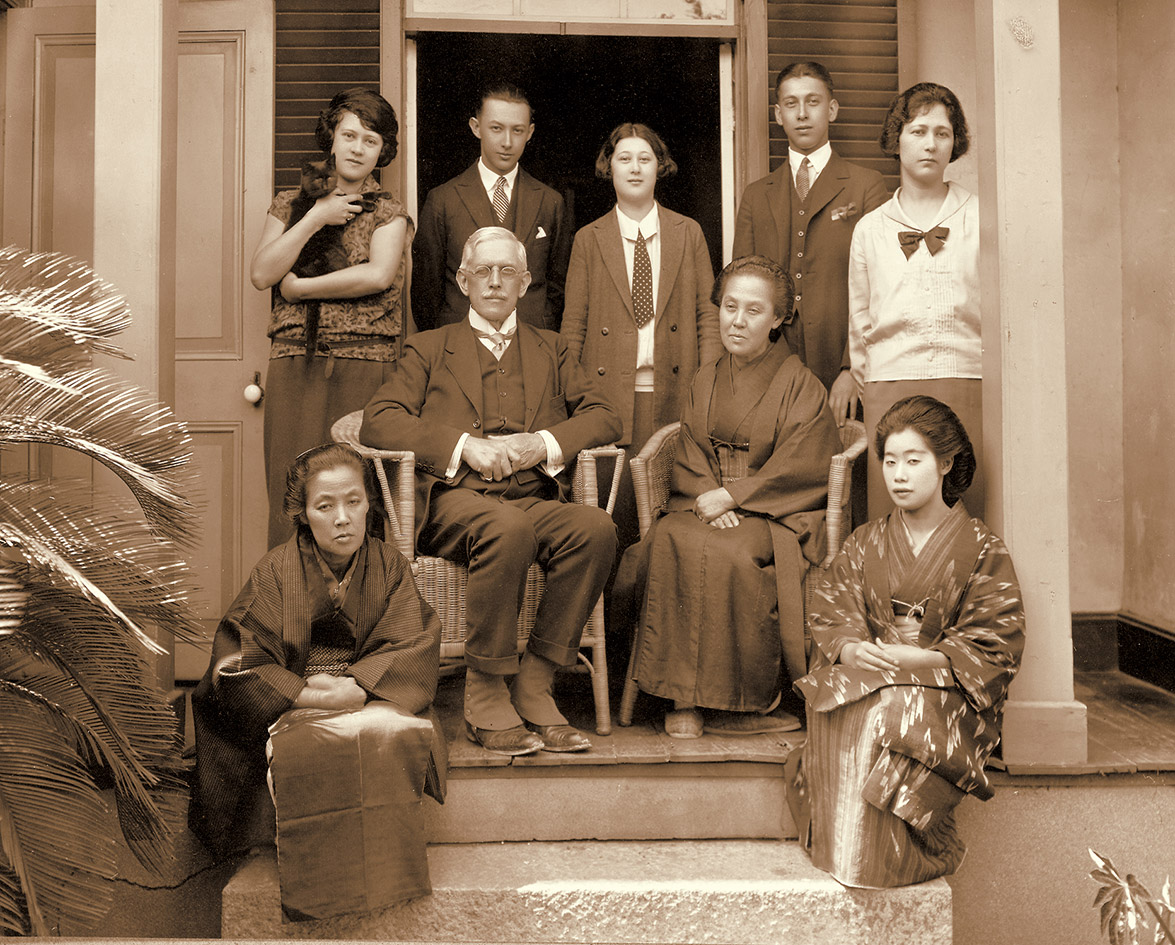For over 150 years, Japan’s Kobe beef industry has struggled to find the balance between modern production methods and a deep-rooted appreciation for craft and tradition. In the 21st century, the struggle between old and new has intensified with Kobe beef’s newfound popularity.
The sweeping reforms of the Meiji Restoration of the 1860s attempted to modernize Japan’s feudal society and put the country on equal footing with the industrial world. All aspects of Japanese life adopted or adapted Western institutions. For the beef industry, this meant importing European breeds of cattle to improve domestic stock. The imported breeds, including Shorthorn, Devon, Holstein, and Angus, were crossbred and became known as Wagyu cattle. Wa is an old term for things Japanese; gyu means beef.
What Makes Kobe Beef So Special?
There are two main breeds of Wagyu: Black Wagyu and Red Wagyu, with many sub-strains between them. Tattori and Tajima, the two main sub-strains of Black Wagyu, are most closely associated with Kobe beef. Wagyu beef is genetically predisposed to high amounts of marbling, the streaks of fat within the muscle. This is measured in the rib eye cut of muscle. The highest grade in Canada is Canada Prime; in the US, it’s USDA Prime. According to Joe O’Connell, past-president of the California Barbeque Association, Wagyu beef contains 14 to 20 per cent more marbled fat than USDA Prime or Canada Prime cuts. In fact, Tajima Black Wagyu has significantly higher fat content than any other breed of cattle.
The cows were treated to sake massages and drank the occasional beer. Some have even been exposed to the works of Mozart and Beethoven.
All Kobe beef is Wagyu, but not all Wagyu becomes Kobe beef. Traditionally, for Wagyu to qualify as Kobe beef, the cattle had to be born, bred, and slaughtered in the Kobe province. Japanese ranchers believed that Wagyu needed pampering. They ate organic grains, barley, and wheat. The cows were treated to sake massages and drank the occasional beer. Some have even been exposed to the works of Mozart and Beethoven. Ranchers believed that happy, relaxed cows made for more tender meat. Unfortunately, few Japanese ranchers, and even fewer foreign Wagyu ranchers, follow these traditions today.
Today, most Black Wagyu are exported to Australia, the western United States, and parts of Canada, where land and grain are less expensive than in Japan. They are still subjected to the traditional Kobe beef diet. And unlike their North American cousins, Wagyu isn’t exposed to bovine growth hormones (Canada and the US are the only nations that allow the use of bovine growth hormones.). The cattle are returned to Kobe weeks before slaughter so they can earn the title of Kobe Beef. Cattle that isn’t processed in Kobe is sold as “Kobe-style” Wagyu beef.
Why Choose Kobe?
John Cadieux of Monk’s Grill in Whistler believes that Wagyu beef is a better alternative for people who appreciate the importance of a cleaner, natural lifestyle. However, a pound of the highest quality authentic Kobe beef can cost several hundred dollars, two and a half times more than the best organic meats.
Times are changing, however. As ranchers begin to sell “Kobe-style” beef on the North American market, authentic Kobe beef may lose some of its cachet. It is doubtful, however, that traditional Kobe beef will become as pedestrian as ground chuck.





